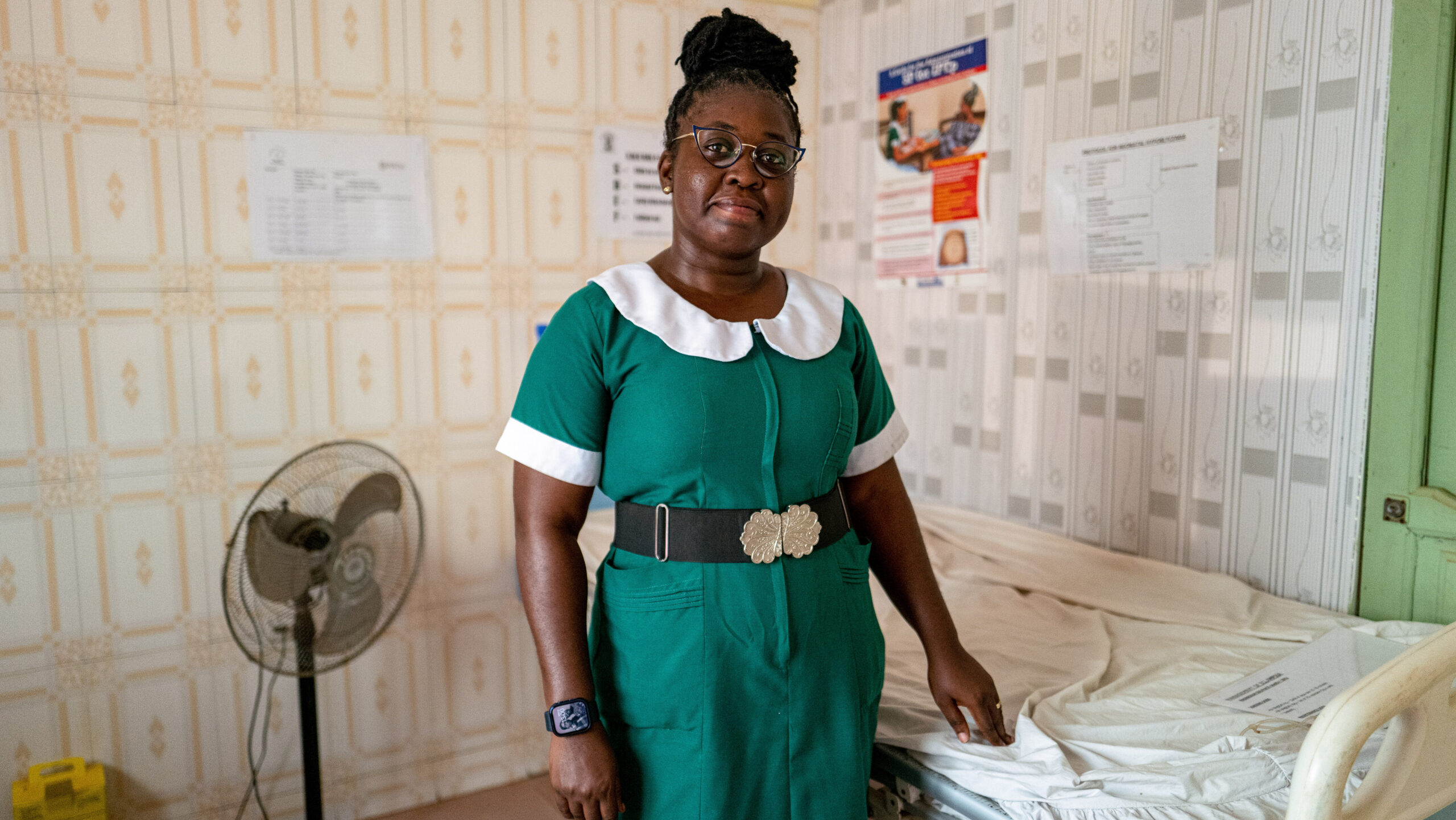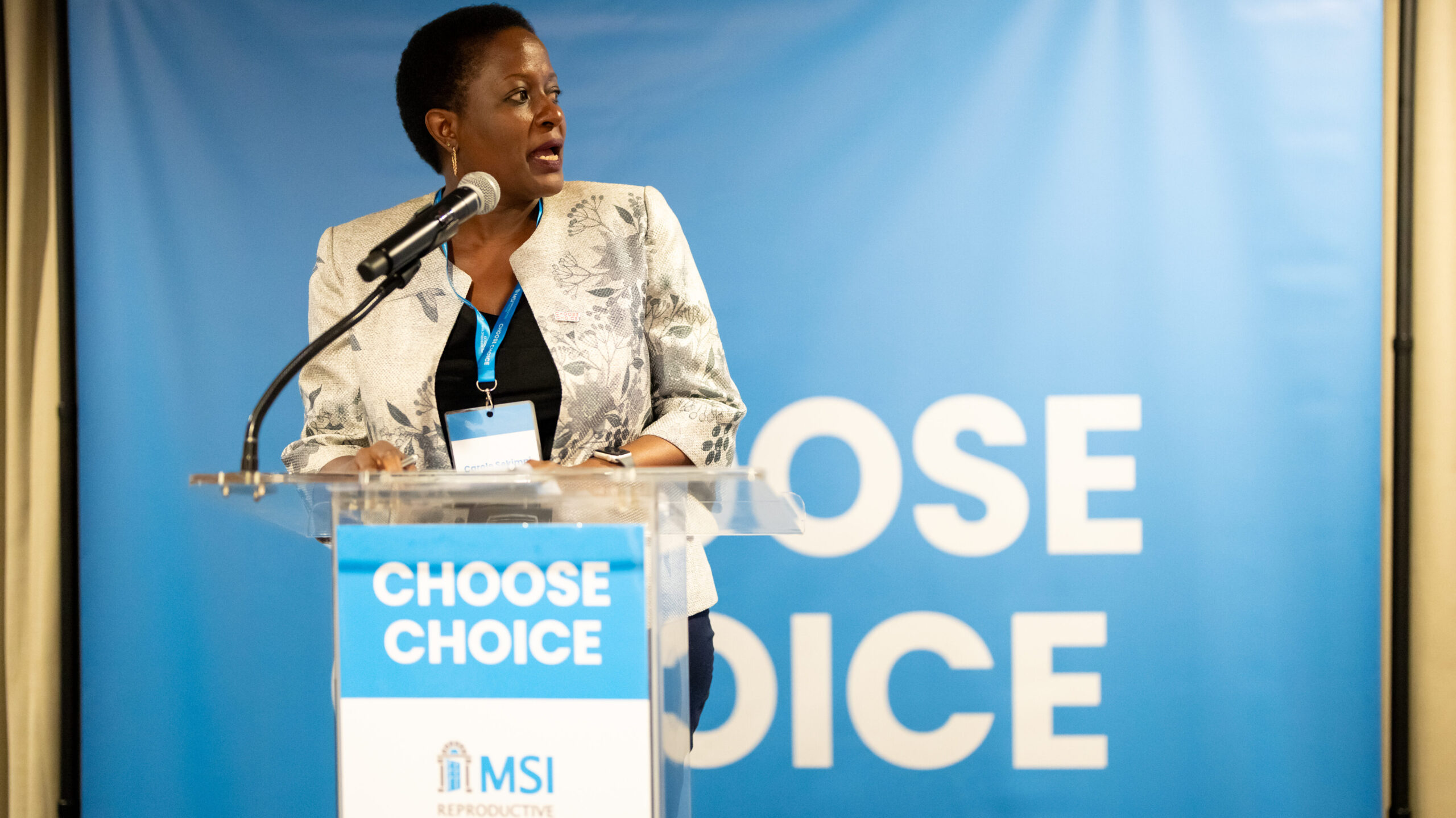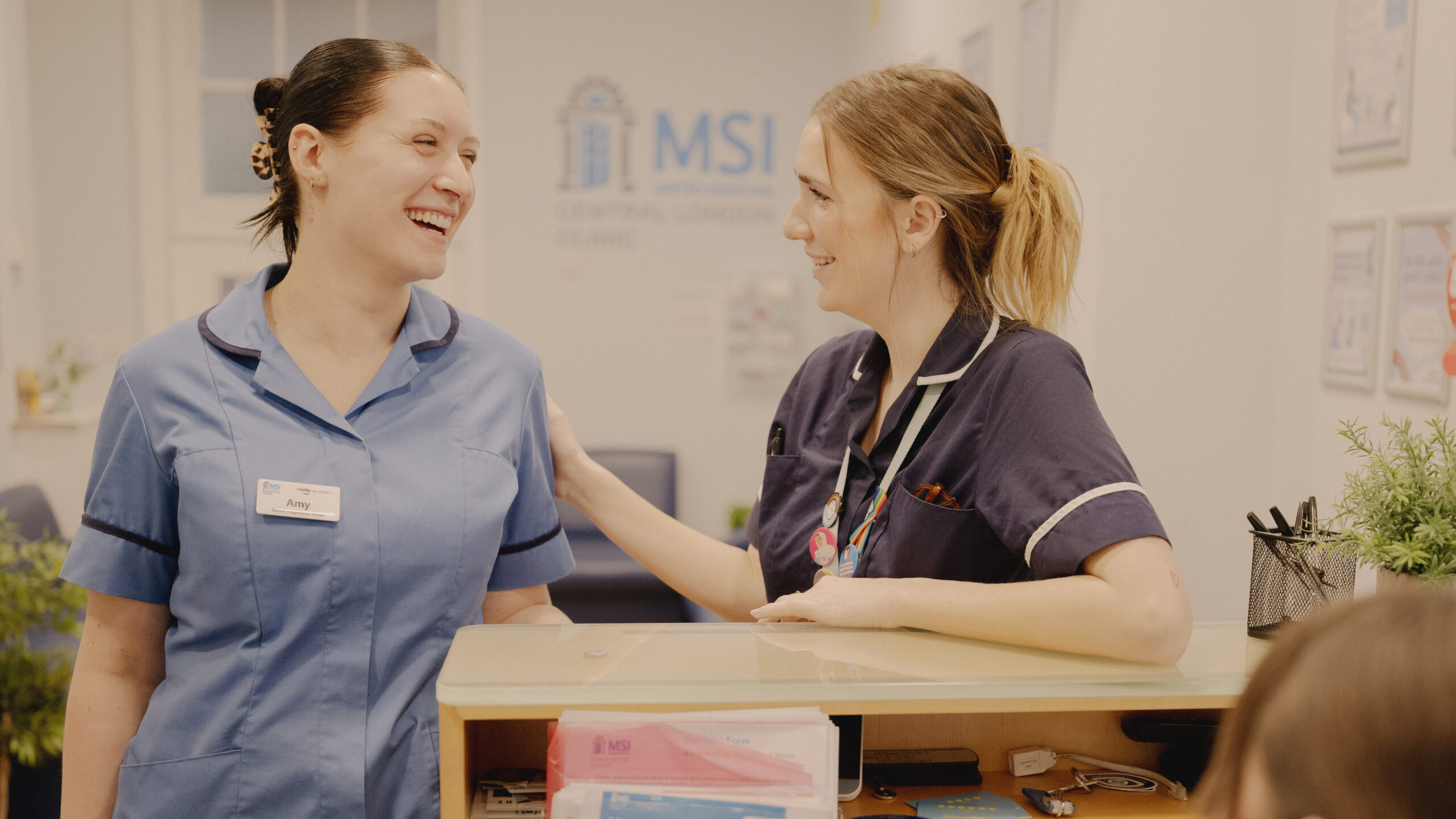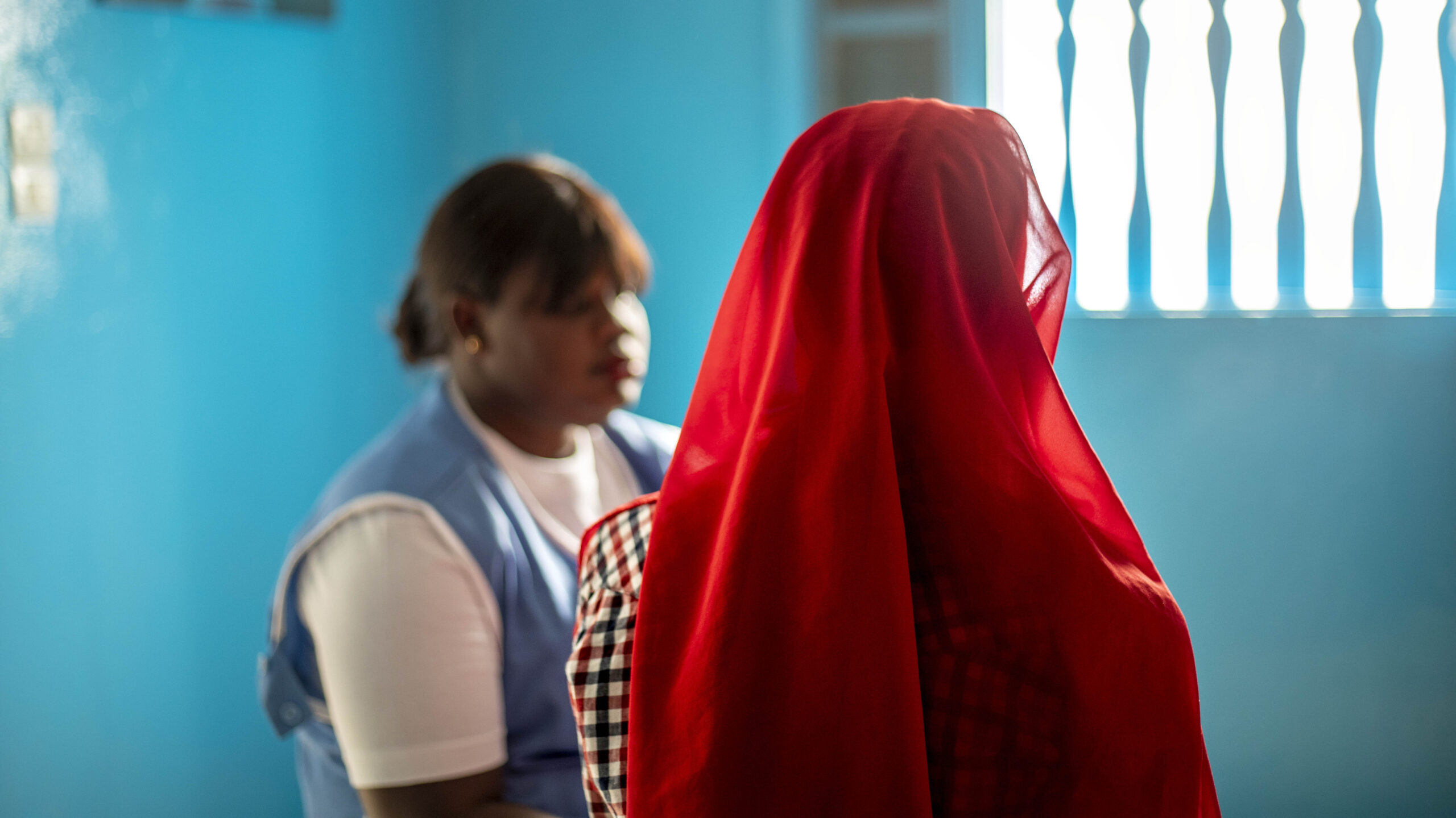
This year, 35 million women will make the agonising decision to have an unsafe abortion.
It’s a preventable public health crisis taking many lives. We can and must put an end to unsafe abortion.
What is an unsafe abortion?
When women face unintended pregnancy and don’t have access to safe abortion care, some are forced to resort to an unsafe abortion method, putting their health and lives at risk. The World Health Organisation (WHO)’s definition of unsafe abortion is as follows:
“An abortion is unsafe when it is carried out either by a person lacking the necessary skills or in an environment that does not conform to minimal medical standards, or both.”
The least safe conditions are when an abortion is carried out by untrained people using dangerous or invasive methods. A leading cause of maternal deaths, unsafe abortion can be devastating to women, their families and communities.
Why do people have unsafe abortions?
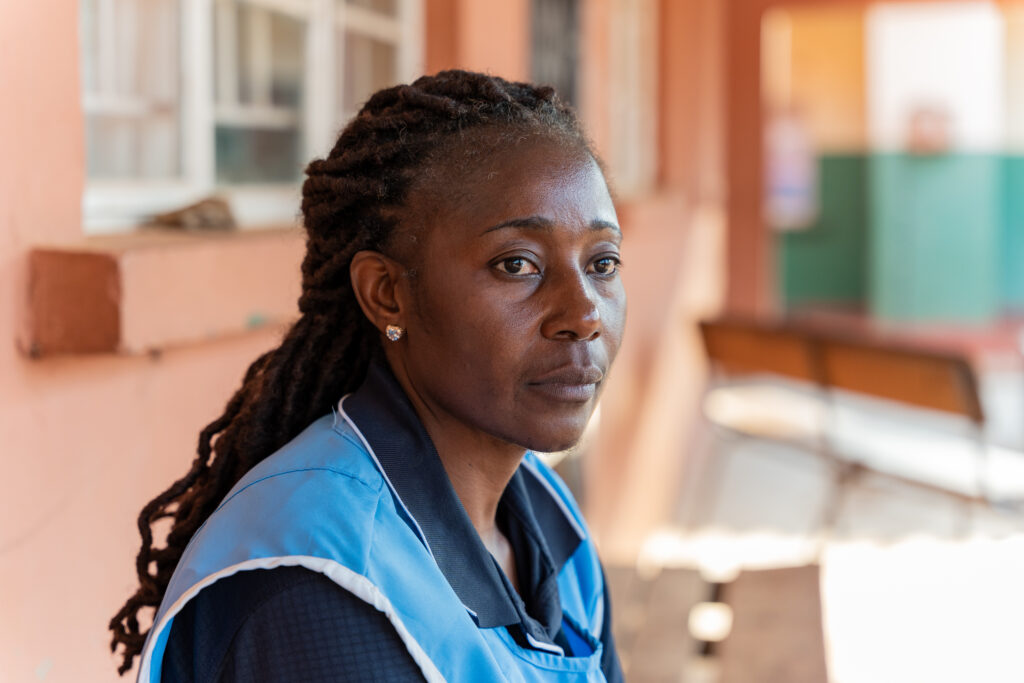
No one should have to risk their life or health to determine their own future. Abortion care is one of the most safe and common forms of healthcare worldwide. But to this day, abortion continues to be stigmatised and legally restricted in many countries, preventing many from accessing safe abortion care.
Women and girls who want to end their pregnancy may face:
- local laws that restrict abortion access
- a lack of understanding or clarity about what the law allows
- poor access to health services (i.e., not enough providers, clinics are too far away, high cost makes it unaffordable)
- abortion discrimination and social stigma, making people feel that they can’t ask for help, shrouding abortion care in shame
- needless requirements like mandatory waiting periods or medically unnecessary tests that delay access to care
- a humanitarian crisis or conflict situation that hinders access to healthcare
Barriers to accessing safe abortion don’t stop women wanting or needing an abortion. Evidence shows that restrictions don’t prevent abortion, they just make them less safe—forcing women to turn to dangerous methods, leading to injuries and sometimes death.
Every minute of every day, 67 women around the world resort to an unsafe abortion. This means today, 96,000 women will risk their lives for the right to choose their own future.
What are the consequences of unsafe abortion?
Unsafe abortion remains one of the leading causes of maternal deaths around the world, despite being almost entirely preventable.
There are immediate and long-term health risks of having an unsafe abortion—the toll on women is devastating. This year, over 9 million women will face complications as a result of unsafe abortion including life-long injuries, severe disability, heavy bleeding, damage to internal organs, or losing the ability to become pregnant in the future. 22,800 of these women will die.
And it’s not just physical danger at risk. Barriers to safe abortion access and the stigma associated with abortion are detrimental to a woman’s mental wellbeing throughout her lifetime, as she battles with the notion that choices about her reproductive health are not her own.
There are also economic consequences, with medical costs forcing women into making a financial sacrifice (e.g. using their life savings), or simply making abortion inaccessible to those with fewer resources. When abortion is restricted and stigma is rife, it’s often marginalised and poor communities that are most affected. They are less likely to be able to access private healthcare or travel to other places where abortion care is safe and legal.
Determining your own future should not come at such a physical, mental, and financial cost. It simply doesn’t have to be this way—if we break down all the unnecessary barriers, we could live in a world where no abortion is unsafe. That is what MSI is working towards.
Unsafe abortion statistics
Here are some quick numbers to answer questions like ‘how many unsafe abortions happen each year?’
35 Mil
(almost half of all) abortions every year are unsafe
22,800
women will die from unsafe abortions this year
97%
unsafe abortions occur in low and middle-income countries
8-11%
of global maternal deaths are due to unsafe abortions
42%
of women live in the 125 countries where abortion is highly restricted
Catherine’s unsafe abortion story
“I’m lucky to have survived. I share my experience because I wouldn’t want girls to go through what I went through.”
Some girls, like Catherine, live to tell their unsafe abortion story. Many others do not.
MSI is working towards a goal of no unsafe abortion by 2030. Abortion is a very safe and simple medical procedure to end a pregnancy, and no one should be forced to put themselves in danger to have one.
How Ethiopia tackled unsafe abortion
“The methods women used to terminate an unwanted pregnancy were desperate. Ranging from traditional remedies including tree roots and herbs, women would also insert harmful objects like catheters and metallic tools inside of them to try and end their pregnancy. In an average week, around two or three women died. It was normal to see half of the delivery and gynaecology rooms filled with women who needed immediate medical assistance.”
– MSI Ethiopia’s Country Director, Abebe Shibru (pictured right)
Unsafe abortion used to contribute to nearly a third of all maternal deaths in Ethiopia before the country decided to liberalise its abortion laws in 2005. Since then, Ethiopia has made huge strides in the prevention of unsafe abortion and recent studies show that maternal deaths from unsafe abortion have dropped sharply to 1%.
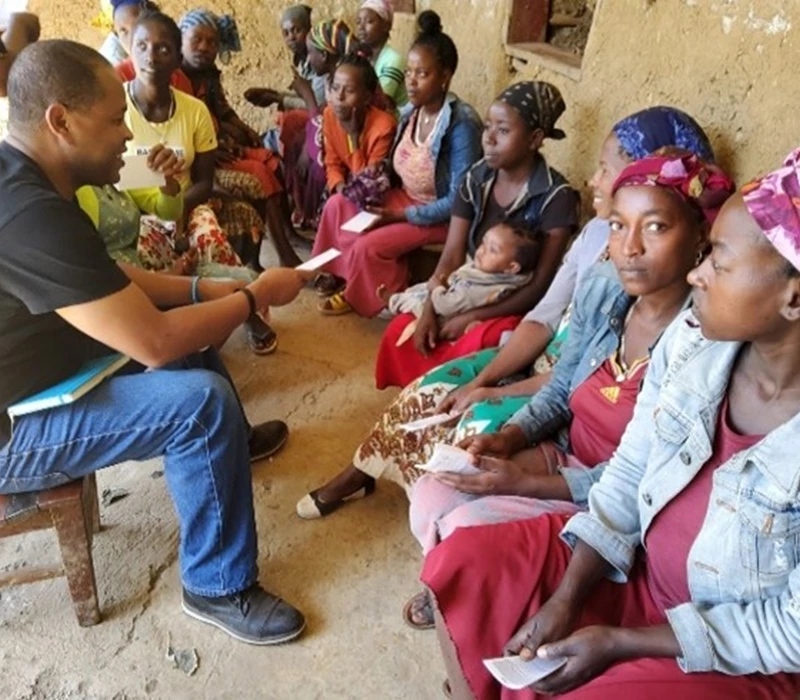
Our work to provide safe abortion services and prevent unsafe abortion
As one of the world’s leading providers of sexual and reproductive healthcare, we are unapologetic in our defence of the right to abortion, and we’re proud to provide safe abortion services wherever the law permits. In every country that we work in, we provide post-abortion care to save lives following an unsafe or incomplete abortion.
According to the World Health Organisation, with access to comprehensive sex education, contraception, and safe and legal abortion, nearly every single unsafe abortion (and the maternal deaths that follow) could be prevented.
We must remove local laws that restrict access, ensure there are enough safe abortion clinics and providers available, and make sure services are included in national health coverage schemes, so that cost isn’t a barrier.
That’s why MSI—as well as providing abortion services—advocates globally for access to abortion. Partnering across sectors and working closely with local communities and governments, we’re working to make abortion safe, legal and affordable.
We stand shoulder to shoulder with women and girls worldwide in the global drive to liberalise abortion laws, end unsafe abortion and prevent maternal deaths—so that everyone has the reproductive choice to determine their own future.
With your help we can go further. Consider making a gift to fund safe abortion access globally.
Looking for safe abortion services?
If you ever need to speak openly, with full comfort and confidentiality about your experiences and choices, we are here to help. If you’re looking for safe abortion services, we may be able to assist you depending on where you live and your situation. Find your local service or contact your local contact centre where someone will be able to advise on the reproductive healthcare available to you.
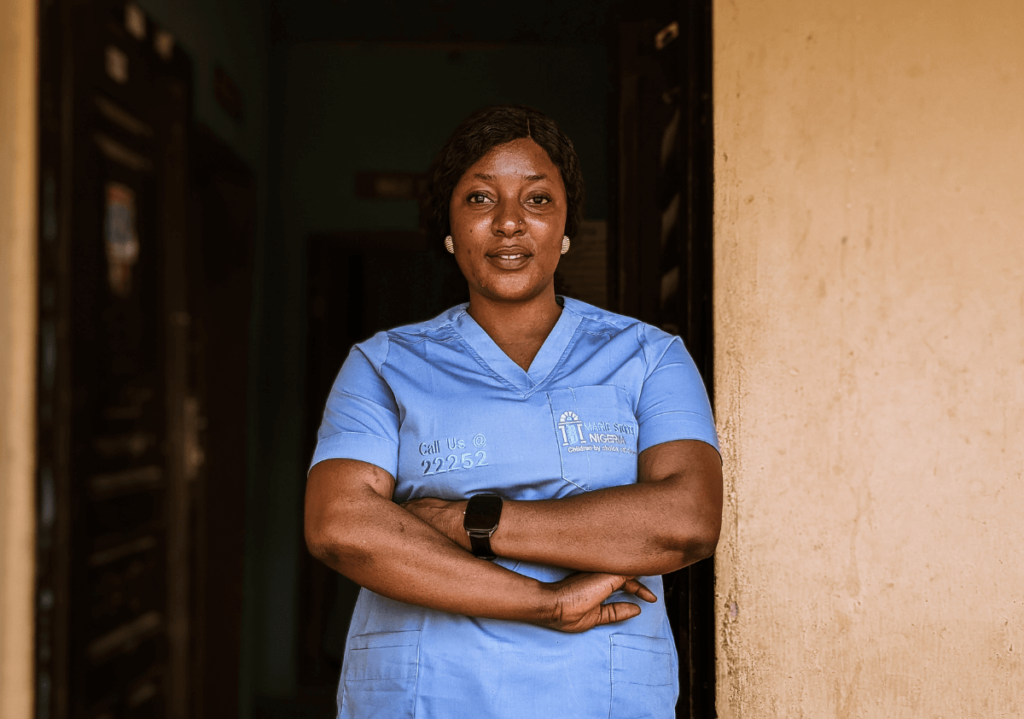
How you can help end unsafe abortion
LEARN more about abortion
When we’re in the know about our reproductive health and rights, we can help change the narrative and fight for everyone’s right to access safe services. To remain up to date on the latest news and campaigns on reproductive rights, follow us on social media and sign up to our newsletter.
SHARE by joining the conversation online
Smashing stigma starts with people normalising abortion. You can go online to share a personal story, retweet a statistic showing the realities of unsafe abortion, or share a resource, like this page. If you’re unsure how to talk about abortion in a destigmatising way, our abortion language guide is here to help.
FUND abortion
Until all countries across the globe actively protect and promote safe and legal abortion access (we’re working on it), abortion providers need donations to keep their doors open. You can donate today, or set up a monthly donation, to help everyone determine their own futures. Help make reproductive choice possible worldwide.






